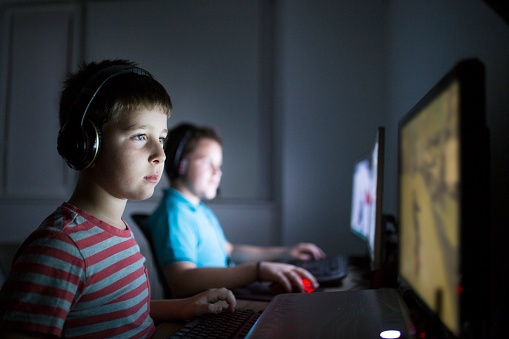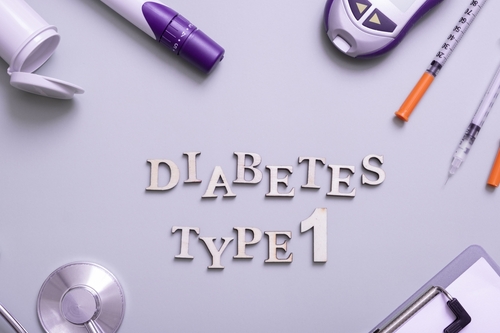
A new analysis published in JAMA Pediatrics found that the since the COVID-19 pandemic, there has been a marked increase in US adolescent screen time use, up to almost eight hours per day. The implications of these findings are important, considering excessive screen time use in adolescents is linked with physical and mental health risks.
Researchers analyzed data on a sample of 5,412 adolescents (aged 12-13, 50.7% female, 49.3% male) from the May 2020 COVID-19 survey (COVID-19 Rapid Response Research Release) from the Adolescent Brain Cognitive Development (ABCD) study. The sample was both racially and ethnically diverse (7.2% Asian, 11.1% Black, 17.2% Hispanic, Latina, and Latino, 2.5% Native American, 60% White, 1.4% Other).
Screen time use was assessed for the following modalities using self-reported hours of use on a typical day (excluding schoolwork hours): video gaming (but multi-player and single-player), texting, social media, video chatting, internet browsing, and watching or streaming movies, videos, and TV shows. The investigators used linear regression analyses to discern correlations between mental health and total screen time, adjusting for sex, race, ethnicity, household income, parent education level, and study site.
Increased Screen Time Linked to Poorer Mental Health, and More Anxiety
According to the results, adolescents reported an average of 7.70 hours per day of screen use, mostly spent watching or streaming videos, movies, or TV shows (2.42 h/d). Streaming/watching content use was followed by multi-player gaming (1.44 h/d), and single-player gaming (1.17 h/d). The researchers observed that higher total screen use was associated with poorer mental health (B, 0.29; 95% CI, 0.06-0.52; P = .01), and greater perceived stress (B, 0.67; 95% CI, 0.43-0.91; P < .001).
“Different screen use modalities may have differential positive or negative consequences for adolescents’ well-being during the COVID-19 pandemic. Adolescents experiencing stress and poor mental health may use screens to manage negative feelings or withdraw from stressors. Although some screen modalities may be used to promote social connection, higher coping behaviors and social support in this sample were associated with lower total screen usage,” the researchers concluded.
They noted that the study was limited because the data was self-reported, and because adolescents have a proclivity for multitasking on screens; therefore, the computed total may be overestimated.
The researchers added that future studies “should examine screen use trends as pandemic restrictions are lifted and also explore mechanisms to prevent sociodemographic disparities.”
🚨 New @UCSF study in @JAMAPediatrics 🚨
Recreational #ScreenTime in teens doubled to nearly 8⃣ hours per day during the #COVID19 #pandemic, excluding screen time for school.
⬆️ screen time linked to
⬇️ mental health
⬆️ stress
⬇️ social support🔗 https://t.co/04RhNIAh4r 📺 pic.twitter.com/f2PvETdFbF
— Jason Nagata, MD (@jasonmnagata) November 1, 2021







 © 2025 Mashup Media, LLC, a Formedics Property. All Rights Reserved.
© 2025 Mashup Media, LLC, a Formedics Property. All Rights Reserved.